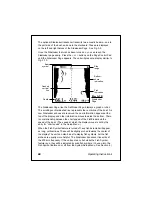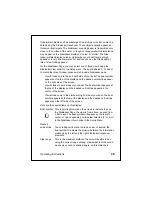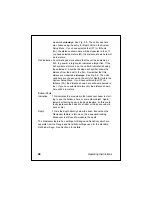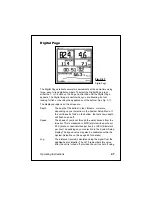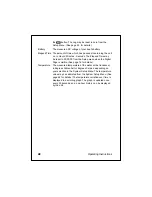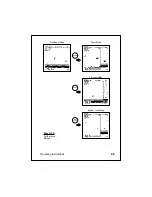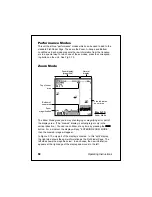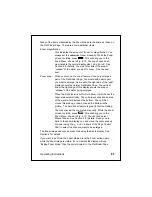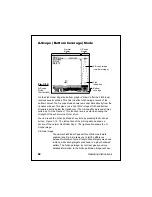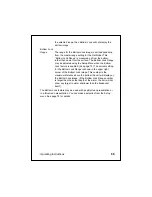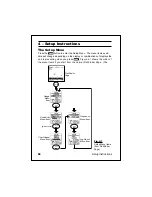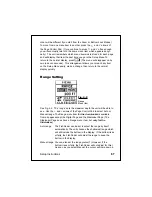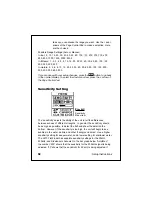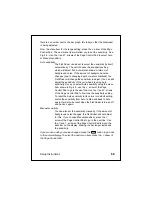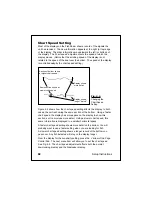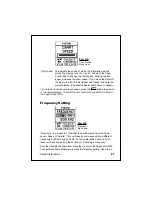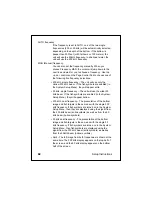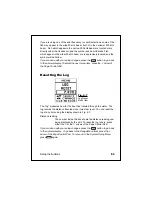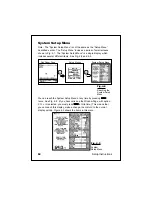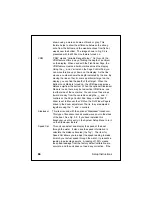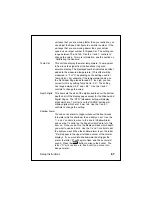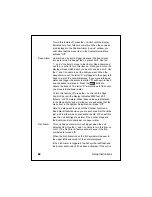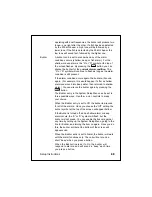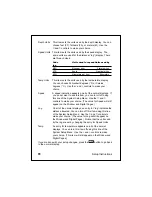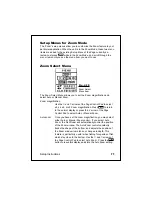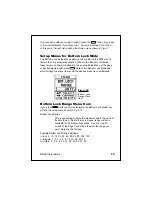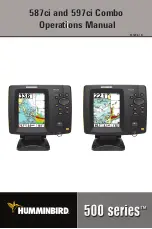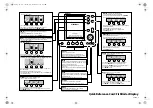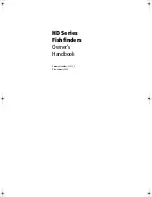
58
Setup Instructions
line so you can choose the range you want. Use the < and >
arrows of the Page Control Pad to make a selection. Here
are the choices:
Possible Range Settings (Auto or Manual)
In feet: 5, 10, 15, 20, 30, 40, 50, 60, 80, 100, 150, 200, 250, 300, 400,
600, 800, 1000, 1500, 2000, 2500
In fathoms: 1, 2, 3, 4, 5, 8, 10, 15, 20, 25, 30, 40, 50, 60, 80, 100, 150,
200, 250, 300, 450
In meters: 2, 4, 6, 8, 10, 15, 20, 25, 30, 40, 50, 60, 80, 100, 150, 200,
300, 400, 500, 600, 800
If
you
are
done
with
your
setup
changes, press the
CLEAR
button to go back
to the normal display. To select the next menu item, press the
V
arrow of
the Page Control Pad.
Sensitivity Setting
The “sensitivity” adjusts the ability of the unit to tell the differences
between echoes of different strengths. In general, the sensitivity should
be as high as possible, to detect the fish and show the detail on the
bottom. However, if the sensitivity is too high, the unit will begin to see
bubbles in the water, debris, and other “background noise.” Use a higher
sensitivity setting for deeper water, and a lower setting for shallower water.
The L470 FishFinder has separate sensitivity settings for the 50kHz,
200kHz, and Sidelooker channels. On the bar graph below “Auto/Man,”
the number “200” shows that the sensitivity for the 200kHz signal is being
adjusted. “50” shows that the sensitivity for 50 kHz is being adjusted. If
Fig. 4-3
Sensitivity
Menu Item

